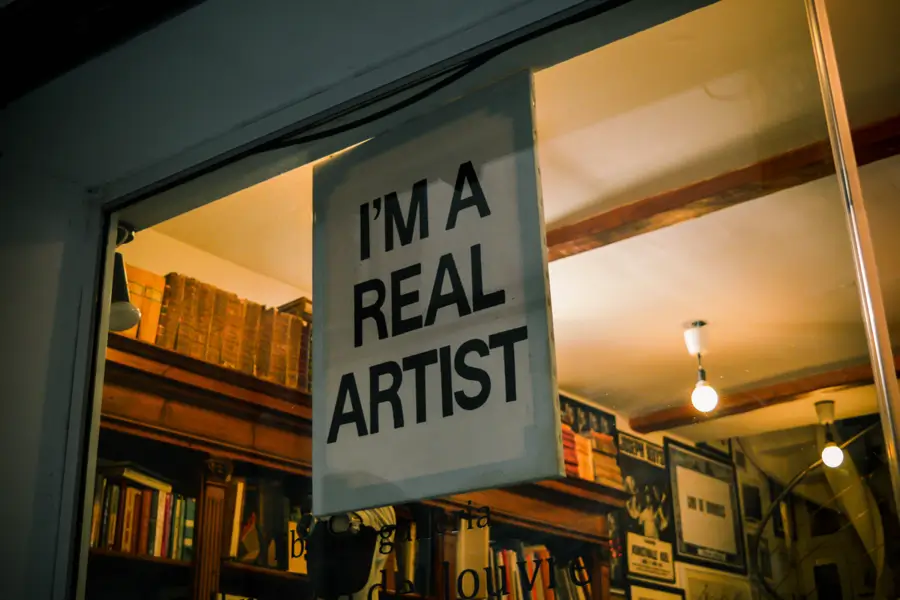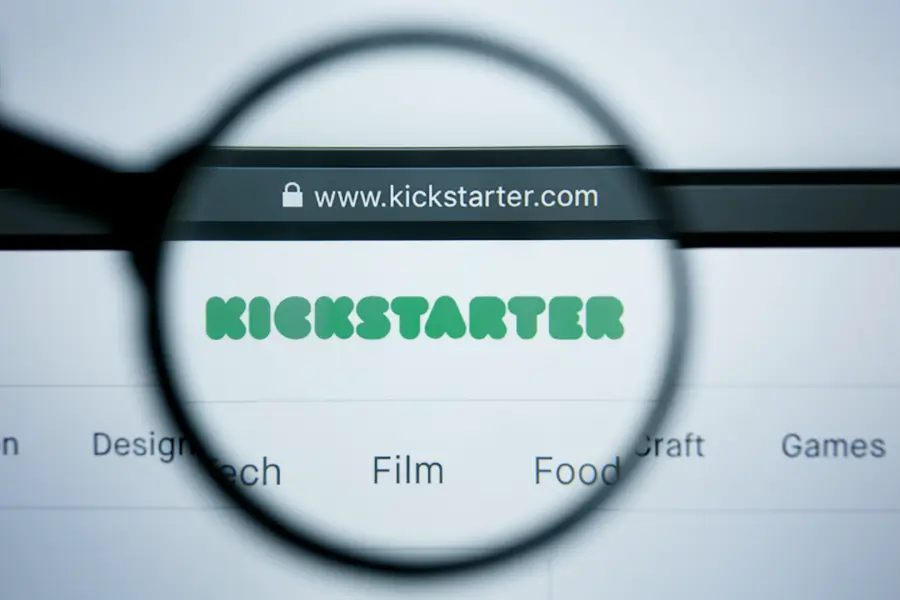
BUSINESS BASICS

Ah, the Internet. What a simultaneously wonderful and terrifying place. One moment, you can experience a random act of kindness from a complete stranger halfway across the world. The next, you could be getting cyber-bullied by anonymous commentators who, it seems, want nothing more than to make you feel terrible about yourself. Kickstarter is one of the websites that fall in the former category, and the crowd-funding website has rapidly become one of the most popular places for aspiring artists, musicians, and writers to raise funds for their projects and promote their work and talent.
The website was only born in 2009 and really didn’t receive major acclaim until the following year. It is entirely possible that you, the starving artist brainstorming ideas for launching your project, have never heard of the website. It is also possible that you are a Luddite who fears technology and wants nothing to do with Kickstarter. If you fall into either of these categories, you need to get it together and check out the site because you are potentially missing out on a great opportunity to get exposure and funding for your work.
It used to be that only artists with the resources, support, and infrastructure were able to create works and projects for public consumption, but Kickstarter has leveled the playing field by allowing anyone with a creative idea to seek out funding from people interested in the arts. For example, as I type this, there are exactly 337 art projects looking for funding, and while I don’t have time right now to go through all of them, you can bet that very few, if any, are professional artists.
That’s not to say that celebrities and professionals aren’t using Kickstarter as well. Heck, even Napoleon Dynamite got in on the action. While Kickstarter acts as a grassroots funding project that can help anyone get their start, that also means that it can be very difficult to stand out amongst the crowd. Which is why we are here to help.
Of course, like with any upstart website or business, there are plenty of issues with Kickstarter as well. For example, even if you donate $200 to a project, you have no guarantee the project will get implemented and created. But we aren’t here to talk about the dangers of funding a Kickstarter project. We are here to talk about the growing benefits that come from posting a project on Kickstarter — assuming you actually intend to create said project. So here is some advice on how to use Kickstarter to maximize your exposure and get complete strangers to stand up and take notice of your talents and projects.
If you look at some of the projects currently looking for funding on Kickstarter, you may think that creating your own page to hype your project is a simple task. Kickstarter is an all-or-nothing funding platform, so this will be your one chance to make a grand impression on people across the world. You can’t just slap together a few photos from your photography project, add a short bio, make some prizes for donors, and expect your project to catch the attention of people across the country. At the same time, you can’t just cram a ton of details into your project page and expect the consumers to decipher what the hell you are talking about.
This is why you need a plan, so when it comes time to create your Kickstarter page, you already know what it will look like, you already know what you will say, and you already know how you will explain why you are looking for funding. Assuming you have already fleshed out the vision for your project, you should try clicking through other Kickstarter projects and see what it is about their pages that resonate with you. Yes, it’s true that people should be funding your project based on its vision and your talent, but an aesthetically pleasing presentation plays a role whether you like it or not.
Ostensibly, your project is telling a story of its own, but that shouldn’t stop you from getting creative when telling the story of how you plan to tell the story with your project. So meta, I know. Kickstarter allows for two ways to tell the story of your project, and you would be wise to use both of them if you really want to convince people to donate to your project. The first way they let you tell the story is via video, which you can upload and embed to your page so that it will be the first thing potential funders see when they come to your page. Don’t worry if you aren’t an accomplished filmmaker, because unless you are looking for funding for a film project, the video should be a way for you to show off your creativity and vision. Don’t just interview yourself and use pictures and a voice-over to explain your project because that is boring. Get creative. This is your opportunity to tell your story to the public, and no matter how mundane your story may seem, there are undoubtedly ways to keep people interested.
The second way Kickstarter allows you to tell your story is in the body section of the page, where you can use your gift for the written word to sell to potential funders. This is the place where you want to be especially careful about what you say. Of course, you want to give potential funders a comprehensive and entertaining look at you as an artist, the project you are hoping to fund, and why you need the funding. But you don’t want to get too bogged down in the details because that will mean writing about 1,000 words more than you intended, and we all know people have short attention spans, and they will likely not stick around to read the whole thing if they get overwhelmed by small text and large paragraphs.
The primary purpose of using Kickstarter is to ask for and receive funds for your project that you would have otherwise had difficulty coming across. This is what your goal should be when you set about creating your Kickstarter page. The bad news is, that according to Kickstarter’s own dashboard, less than half of their projects end up getting fully funded. Now, the reasons for these failures vary, and those statistics shouldn’t deter you from giving your own project a shot on the crowd-funding website. But if your project does end up failing, don’t get discouraged.
Yes, your primary purpose for launching the project was to receive funding, but the secondary benefit of launching a Kickstarter project is that it allows complete strangers across the world a chance to look at and be impressed by your artwork, artwork that they probably never would have seen without the website. No matter how many people fund your project, you are getting serious exposure to your work. If you are lucky enough, a Kickstarter staff member will flag your project and feature it prominently on the site. So even if you come $1,000 short of reaching your goal and funding your project, take heart in the fact that, unless you have a very active base of friends and family, there are strangers who appreciate your work and may remember your name. And that means that already the groundswell for your artwork has started.

The Art Career Project is a trusted resource for emerging and professional artists.